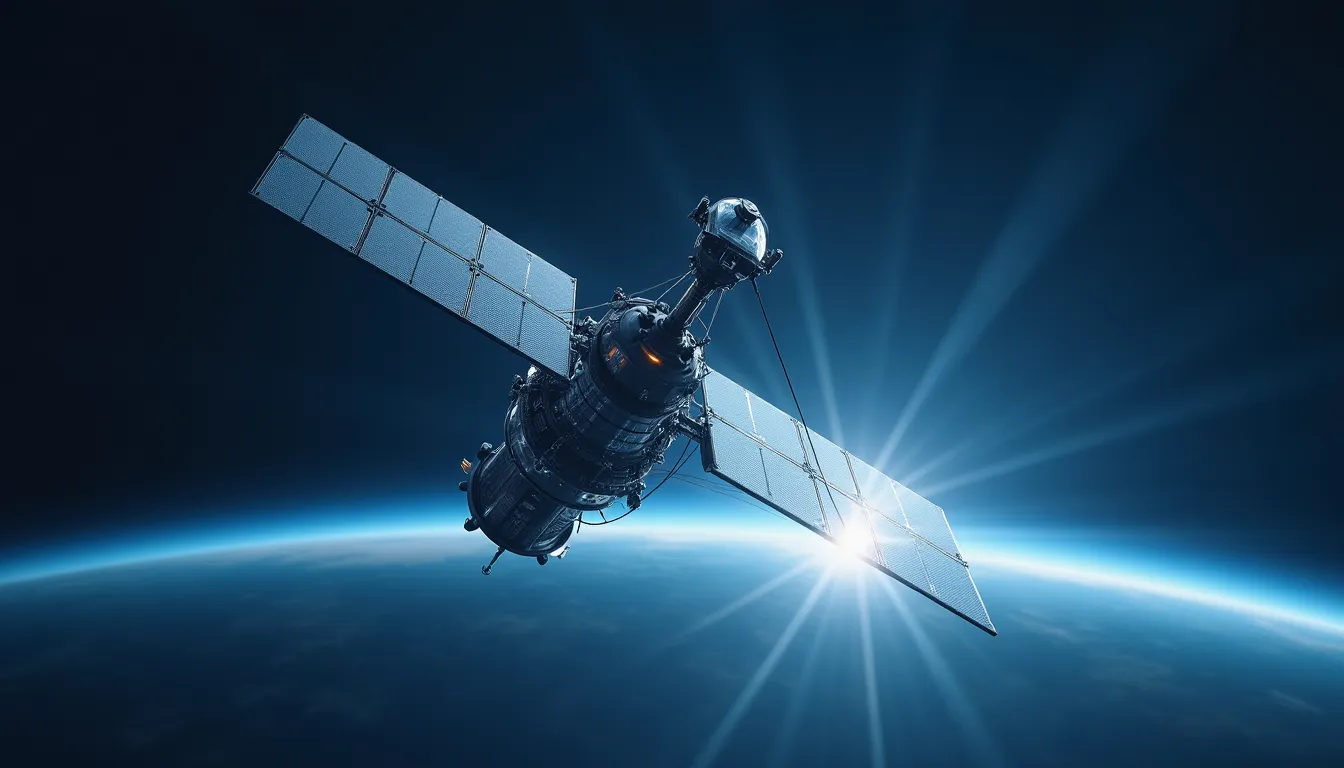As geopolitical tensions escalate, particularly in Eastern Europe, recent developments in the aerospace and defense sectors underscore a significant transformation in military preparedness. NATO’s air posture is evolving, advanced weaponry is being deployed, and new technologies are being developed to counteract emerging threats, especially those posed by Russia’s military actions.
NATO Air Posture and Surveillance Enhancements
On October 4, 2025, Poland bolstered NATO’s eastern flank by deploying Norwegian F-35 fighter jets. This strategic move aims to enhance deterrence against potential incursions from Russia amidst the ongoing conflict in Ukraine. The integration of these advanced stealth fighters significantly elevates Poland’s air defense capabilities, providing a robust response to any aerial threats.
Allied air surveillance missions have intensified over Poland, with contributions from Australian surveillance aircraft, marking a concerted effort to monitor airspace effectively. The increase in drone sightings over Germany and Belgium has tested NATO’s airspace control, highlighting the growing importance of unmanned aerial systems (UAS) in modern defense and surveillance operations.
Russian Military Aviation Developments
In parallel, leaked documents from Rostec, Russia’s defense conglomerate, reveal ambitious plans to export state-of-the-art fighter jets, including the Su-57 and Su-35, to nations such as Iran and Algeria. This strategy indicates Russia’s intent to expand its defense export market, potentially altering the regional balance of power.
Recent imagery from October 2, 2025, showcases the Su-75 “Checkmate” stealth fighter in conjunction with the Su-57, suggesting ongoing testing and promotional activities for these next-generation aircraft. The advancements in Russian military aviation technology, particularly stealth capabilities, are poised to challenge NATO’s air superiority.
U.S. and Allied Defense Sales and Upgrades
The U.S. has also stepped up its defense posture, with the State Department approving a $34 million arms sale to South Korea, which includes AGM-65G2 Maverick tactical missiles. This sale is part of a broader strategy to bolster deterrence against regional threats, reinforcing the commitment to allies in the Asia-Pacific region.
The U.S. bomber fleet, especially the B-2 stealth bombers, remains a pivotal component of strategic airpower. Their recent involvement in strikes against Iran’s nuclear facilities emphasizes a renewed focus on long-range bomber capabilities, which are crucial for maintaining a credible deterrence strategy.
Technological Advances and Sensor Projects
Technological innovation continues to play a critical role in defense capabilities. The UK Space Command is investing approximately £500,000 ($673,000) in a sensor project aimed at detecting and countering satellite-dazzling lasers. This initiative reflects growing concerns over space-based threats and the need for advanced sensor technologies in the defense sector.
Publications such as Aerospace & Defense Technology have highlighted the ongoing excellence in aerospace manufacturing, particularly in high-performance materials essential for defense applications. Companies are increasingly turning to precision accelerometers and advanced navigation systems to enhance operational capabilities.
Leadership and Strategic Shifts
The U.S. Air Force is also undergoing significant leadership changes, with the retirement of Chief of Staff Gen. David Allvin and the appointment of Gen. Adrian L. Spain as the new commander of Air Combat Command. These shifts are indicative of broader strategic realignments within the force, emphasizing the importance of modernizing air combat capabilities.
Editorials across the industry underscore the enduring significance of stealth technology, noting its evolution over the past 50 years. As air combat becomes more complex, the integration of stealth capabilities will remain vital for operational success.
Conclusion
The developments in NATO’s air posture, advancements in Russian military capabilities, and significant arms sales highlight the rapidly changing landscape of global defense. As nations respond to emerging threats, particularly from rival powers, the focus on technological innovation and strategic alliances will shape the future of military operations. The integration of advanced systems, such as precision accelerometers and high-performance sensor technologies, will be crucial in ensuring that defense forces remain agile and prepared for the challenges ahead. As we look to the future, the aerospace and defense industries must continue to adapt and evolve in the face of these dynamic geopolitical circumstances.
References
-
Defense News Aerospace 2025 - Army Recognition (armyrecognition.com) - 10/5/2025 On the 4th of October 2025, Poland signalled a tighter NATO air posture on the Alliance’s eastern flank with a fresh deployment of Norwegian F-35s .
-
Aerotech News and Review – October 3, 2025 (www.aerotechnews.com) - 10/4/2025
-
Aerospace & Defense Technology: October 2025 - SAE International (www.sae.org) - 10/1/2025 Aerospace & Defense Technology: October 2025 · Nadcap at 35: Still Defining Excellence in Aerospace and Defense Manufacturing · High Performance …
-
September/October 2025 | Air & Space Forces Magazine (www.airandspaceforces.com) - 9/12/2025 The F-117 and the Future of Stealth. Stealth was a gamble 50 years ago. It’s still a good bet. S tealth technology has given the U.S. military an air of near …



